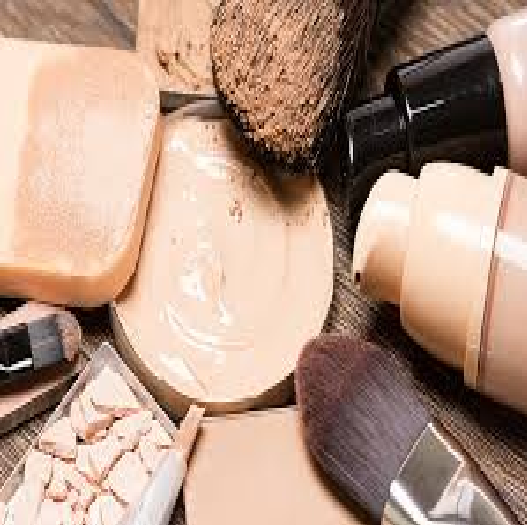
Having a good base is the most important factor to create a really good makeup look. Admittedly, foundation is probably the trickiest makeup product to work with for it can either serve you that natural, radiant, flawless skin or it can go downhill by looking really cakey and orange like an “Oompa loompa”. That is why most makeup artists invest in a high-quality foundation. However, selecting a foundation that works out for you is quite a daunting task since it comes in a variety of shades and formulas so we got some useful tricks to help pick the best foundation for your skin tone.
Learning your Skin Type
This is the most important thing to take note of when choosing your holy-grail foundation because each person’s skin has different needs and concerns that need to be dealt with. In general, there are four skin types namely oily, dry, combination, and sensitive skin. Matte foundations usually work well with oily skin while dewy and hydrating foundations are more suitable for dry skin. Combination skin means that you have areas where the skin is oily while other parts are dry. This can be a tricky situation so try strategically mixing formulas and settle with a satin, velvety finish. Lastly, sensitive skin means that you have to avoid products with fragrances and other ingredients that can irritate the skin.
Jawline is the Key
Shade matching is still a common problem even for renowned makeup artists. The easiest way to pick the best foundation for your skin tone is to test the shade on the jawline. The right shade will seamlessly blend in with your natural skin color as if you are wearing no product at all!
Identifying the Undertone
Foundations also come in different undertones apart from the skin shades so it is best to have an inkling of information about yours.
Read more: The Ultimate Foundation Guide for Beginners
The simplest way to determine your undertone is to inspect the color of your veins. If they appear blue or purple, then you are cool-toned while if the veins are greenish, then you are part of the warm-toned spectrum. However, if you see a mix of blue and green, then you have a neutral undertone.
Better Safe than Sorry!
The number one rule in makeup shopping is to never purchase a product at first sight and the same rule goes for choosing a foundation. Make sure to test it out thoroughly by grabbing a few shades that look closest to your skin color with the right undertone and putting it on your jawline.
Read more: Get Best V Shape Face Serum for your skin
Leave it on for thirty minutes or so to see if the shade has changed its color because some foundations react to your skin’s natural pH by turning lighter or darker.
In a Nutshell
If choosing the right foundation has been your dilemma for so long, worry no more! By simply following these easy tips and tricks, you will be on the right track to your “ride or die” foundation product in no time.

